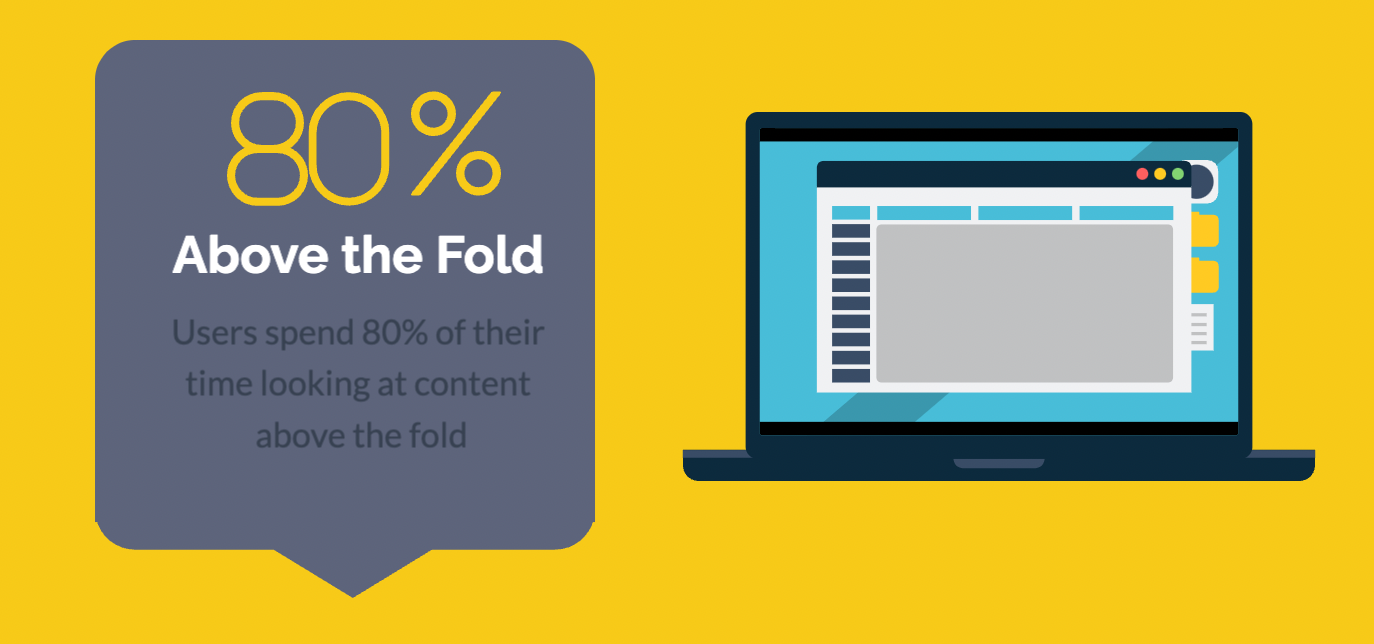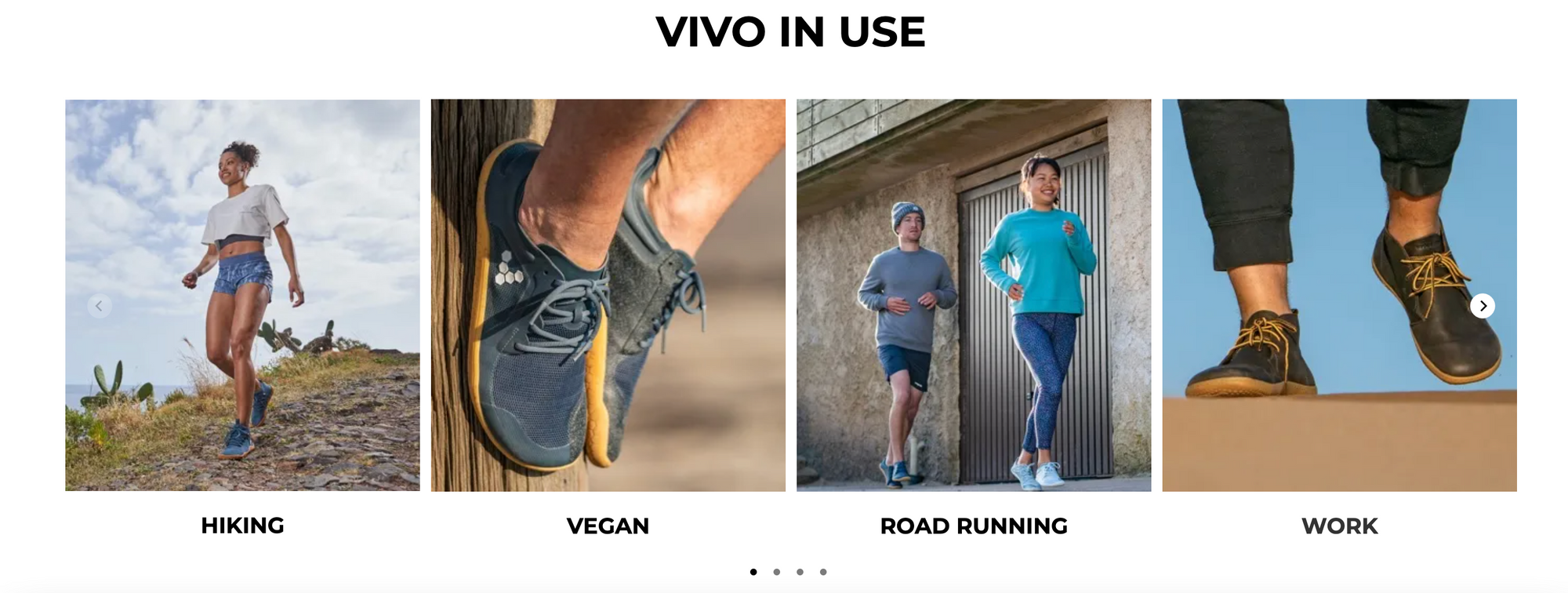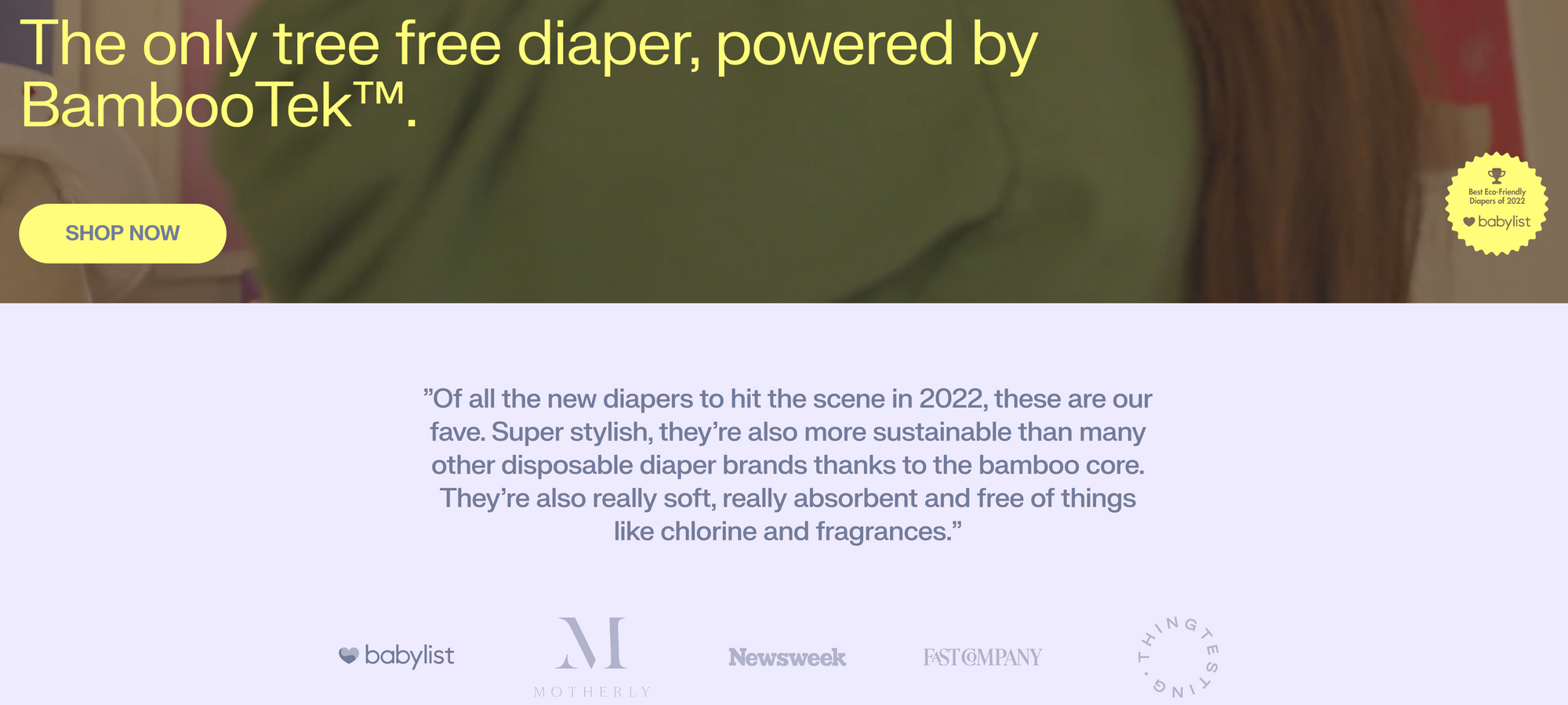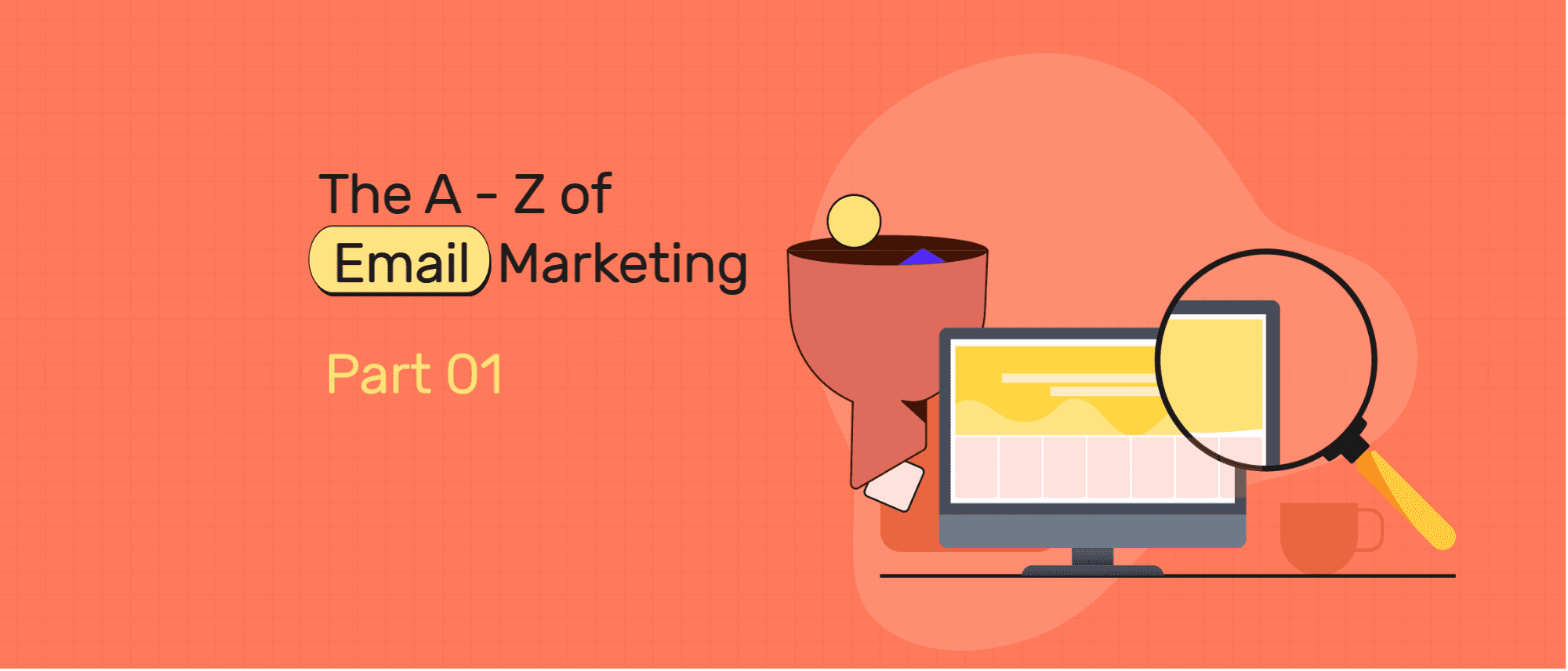As an eCommerce merchant, you know that your store's homepage is the first impression of your brand. Optimizing the homepage is crucial to ensure higher store conversions. According to research, it takes just about 50 milliseconds for visitors to form an opinion about a website. Therefore, it's crucial to optimize your homepage to make a great first impression.
Further, an optimized homepage can indirectly impact search engine visibility. When visitors stay on the site longer, search engines interpret this as an indication that the site is high quality. They also click through to other pages and make purchases, further confirming that the site is relevant to the user's query. So optimizing the homepage for conversions has a compounding effect on your store's sales.
Now that you understand the role of homepage optimization in driving higher store conversions let's dive into some best practices for optimizing your homepage. We'll look into the basic prerequisites as well as break down strategies as above-the-fold and below-the-fold considerations.
Prerequisites for successful homepage optimization
Optimizing a homepage requires certain prerequisites that must be met to ensure the best results. These are:
Page speed
Ensure your website loads quickly. You can use tools such as Google PageSpeed Insights to analyze your website's performance and identify areas for improvement. This will help to improve the site speed of your home page.
Mobile responsiveness
Essential to ensure an optimal user experience. The homepage should be easy to use on smaller screens and adapt to different screen sizes. This will provide a seamless experience on any device.
Secure website
Visitors are more likely to trust and make purchases from a website that is secure. Having a secure website with an SSL certificate can improve conversions and protect sensitive information.

Above-the-fold conversion optimization strategies
The term "above the fold" refers to the portion of a web page that is visible to a user before they need to scroll. One study by Nielsen Norman Group found that users spend 80% of their time looking at information above the fold, and only 20% of their time looking at content below the fold.
This area is considered the most important part of the page, so it should contain concise, engaging content that is optimized for both desktop and mobile devices. When done correctly, this content can grab visitors' attention and encourage them to take the next step of exploring your website further.

Here's what you need to keep in mind when optimizing above-the-fold homepage content.
- Focus on capturing your audience's attention with a clear and concise value proposition.
- Use high-quality visuals.
- Include prominent calls to action.
Crafting a compelling value proposition
A value proposition is a statement that tells visitors what your brand is about and why they should buy from you. A survey by HubSpot found that companies with a well-defined value proposition are 2.2 times more likely to be successful than those without one.
Crafting a clear and compelling value proposition involves identifying your unique selling points, which may include factors such as
- Quality of your products
- Competitive Pricing
- Exceptional customer service
- Commitment to sustainability
By creating a strong value proposition, you can differentiate your brand, attract new customers, and build trust and loyalty with your existing ones.
For example, men’s grooming brand, Harry’s value proposition is front and center of its home page. Fair price and easy access are two reasons why Harry’s customers would choose them over competitors. They have it written on the wall, literally!

Adding high-quality images and videos
High-quality visuals can also create an emotional connection between the brand and the viewer. This can be particularly important for ecommerce brands selling more expensive products requiring more consideration before purchasing. It also plays a critical role when users typically spend only a few seconds before deciding whether to continue browsing or leave the site.
Quality visuals can help highlight important features and details of the product that may be difficult to convey through text alone.
Using persuasive calls-to-action (CTAs)
A persuasive CTA is clear, specific, and visually appealing. The language used in your CTA should be actionable and relevant to the specific page on your website. For example, if you are promoting a sale, use a CTA like "Get Discount" rather than a generic "Learn More" button.
The design of your CTA also plays an important role. It is crucial in making it stand out on the page. It should be visually appealing and distinct from other elements on the page. To make it more noticeable, you could use contrasting colors, bold text, or a different font style.
Below-the-fold conversion optimization strategies
Below the fold is the portion of your homepage that is visible on scrolling down. This section provides an opportunity to provide more detailed information about your products or services, showcase customer testimonials, and provide additional resources that can help visitors engage with your brand.
Here's what you need to keep in mind when optimizing for below-the-fold homepage content.
- Categorize products for easy navigation and discovery
- Highlight discounts and promotions
- Add trust and social proof
- Create a sense of urgency
Categorizing products
Product categorization can help improve navigation on an ecommerce website by grouping similar products together into relevant categories. This can help visitors quickly and easily find what they're looking for without having to click through multiple pages. This helps improve user experience and reduce bounce rates.
One way to categorize products is by using a mega menu that provides an overview of all product categories. A mega menu is a one-stop navigation to any product displayed on your online store. For example, a mega menu might include main categories such as Clothing, Shoes, Accessories, and Home Goods, each of which expands into subcategories such as Men's Clothing, Women's Clothing, Kids' Clothing, etc.
The popular barefoot retailer, Vivobarefoot is a good example of a brand that categorizes products based on customer needs. Vivo categorizes its products based on the purpose for which the shoes will be used.

Highlighting discounts and promotions
Announcement bars and banners are usually on the homepage, where they are more likely to be seen by visitors. They can grab the attention of visitors and convey important information quickly. The use of bright colors, bold fonts, and animation can make the announcement bar more noticeable.
Some popular usages for announcement bars and banners are
- Highlight promotions and sales, such as discounts, free shipping, or seasonal sales
- Updates on shipping times, changes in store hours, or the availability of specific products
- Include a call-to-action that encourages the visitor to Shop Now, Learn More, or Sign Up
- Reinforce brand awareness by use of the brand's colors, logo, or tagline.
Adding trust and social proofs
Trust and social proof are essential for establishing credibility and encouraging visitors to buy from you. When choosing which elements to include, it's important to choose ones that are relevant to the brand and its target audience.
Use reviews, ratings, and customer testimonials to showcase the quality of your products and service. When visitors see that other people have had positive experiences with a brand or product, they may be more likely to make a purchase. But know that too many elements can also be overwhelming. So it's important to use them strategically and not overdo it.
For example, the baby diaper brand, Freestyle is quick to gain the trust and confidence of parents by displaying plenty of trust and social proof points. This strategy especially works well for Freestyle as its customers (parents) are different from its consumers (babies).

Creating a sense of urgency
Creating a sense of urgency is a powerful technique for driving higher conversions. Use tactics such as showcasing trending items or showing when a product is low in stock. Here are some tips for creating urgency on your homepage,
- Highlight trending or popular items by showcasing items that are currently in high demand.
- Feature low-stock items by displaying items that are running low in stock. Create a sense of scarcity and motivate visitors to purchase before they miss out.
- Use persuasive language when highlighting trending or low-stock items, and use persuasive language that emphasizes urgency. For example, "Don't miss out on the latest trend!" or "Only a few left - act fast!"
- Offer limited-time promotions such as flash sales or exclusive discounts.
Finally, it is your product that sells
Your product is ultimately what draws your customers to your store. So the products you should show on your homepage will be your key to creating an impactful first experience both above and below the fold.
Here are some general guidelines you can follow in choosing the best products to showcase on your homepage:
New arrivals
Another way to pique visitors' interest and encourage exploration is to highlight your newest or most trending products. This can be especially effective if you're in a fast-moving industry or if your target audience is particularly interested in the latest trends. By showcasing new or trending products on your homepage, you can create a sense of excitement and motivate visitors to check out what's new. This will give visitors a reason to come back to your website more frequently.
Bestsellers
One of the most effective ways to grab visitors' attention and showcase the quality of your products is to feature your top sellers on your homepage. This not only highlights your best products but also signals to visitors that other customers have already found value in them. By featuring top-selling products on your homepage, you can build trust and credibility with your audience and encourage them to explore your other offerings. This will show them that your products are high-quality and popular with other customers.
Seasonal products
Depending on your industry and target audience, highlighting seasonal or holiday products can be a powerful way to drive conversions. This will make your website feel timely and engaging. For example, if you sell gardening supplies, you might feature spring planting products in March or summer gardening tools in June. By featuring seasonal or holiday products on your homepage, you can tap into the emotional and practical needs of your audience and encourage them to make a purchase.
Featured/ Limited-edition products
Finally, choose products that you want to promote or highlight for a specific reason, such as a sale or a new partnership. For example, if you sell skincare products, you might feature a limited-edition gift set or an exclusive collaboration with a celebrity makeup artist. By creating a sense of scarcity and exclusivity around certain products, you can motivate customers to act quickly and make a purchase.
Conclusion
Optimizing your eCommerce store's homepage is critical for increasing conversions and driving revenue. By following the best practices and tips outlined in this blog post, you can create a homepage that engages visitors and encourages them to make a purchase.
Frequently Asked Questions
How do I know if my homepage is optimized?
You can use various tools, such as Google Analytics and heat mapping software, to measure the performance of your homepage. Key metrics to look for include bounce rate, time on page, and conversion rates.
How often should I update my homepage?
It is a good practice to update your homepage regularly to keep it fresh and relevant to your target audience. However, the frequency of updates will depend on your industry and the nature of your business. A good rule of thumb is to update your homepage at least once every quarter.
How long does it take to see results from homepage optimization?
The timeline for seeing results from homepage optimization will vary depending on the changes made and the existing performance of your website. However, you can expect to see improvements in user engagement and conversion rates within a few weeks to a few months.
How do I know if my homepage is optimized?
You can use various tools, such as Shopify Analytics and heat mapping software, to measure the performance of your homepage. Key metrics to look for include bounce rate, time on page, and conversion rates.
How often should I update my homepage?
It is a good practice to update your homepage regularly to keep it fresh and relevant to your target audience. However, the frequency of updates will depend on your industry and the nature of your business. A good rule of thumb is to update your homepage at least once every quarter.
How long does it take to see results from homepage optimization?
The timeline for seeing results from homepage optimization will vary depending on the changes made and the existing performance of your website. However, you can expect to see improvements in user engagement and conversion rates within a few weeks to a few months.
What are some popular must-have tools for homepage optimization?
Your choice of tech stack can depend on various factors, such as the website platform, budget, and specific optimization goals. However, here are some trending tools and technologies for homepage optimization:
- Video - Tolstoy, Videowise (for shoppable video content)
- Conversion optimization - Modemagic (for Shopify for all things personalization, product merchandising, and banners)
- Social proofs - Okendo
- Heat mapping - Hotjar (for low-touch heatmap analytics)
- A/B testing - Optimizely, VWO
Who are some popular CRO experts to follow on social media?
- Adam Pearce (CEO, Blend Commerce)
2. Jon Macdonald (Founder, The Good)
3. Lorenzo C (CRO/ Experimentation Consultant)
4. Adam Kitchen (CEO, Magnet Monster)
5. Will Laurensen (CEO, Customers who click)






